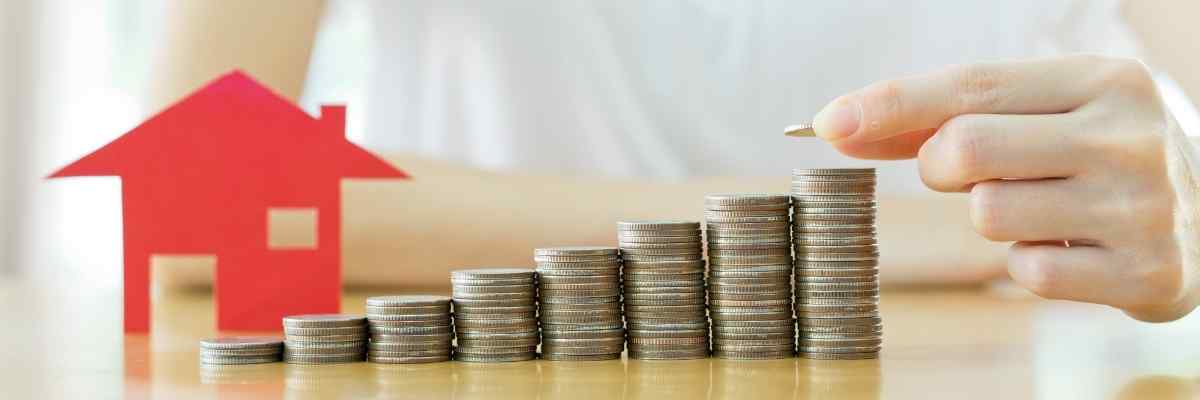When you sell a property you make a capital gain on which tax is payable. You may be exempt from this capital gain, provided that you reinvest the total amount obtained into the purchase of another main residence. This occurs whenever the price of the new home that you are purchasing is higher than the price you obtained from selling your previous one. If you sell your main residence and reinvest all or part of the money made, you will need to meet a series of requirements to avoid being taxed on these earnings.
Índice de contenidos
- 1 What is a main residence?
- 2 How is the sale of a main residence taxed?
- 3 What is reinvestment in a main residence?
- 4 What is the main residence reinvestment exemption?
- 5 How much time do I have to reinvest in my main residence?
- 6 When do I lose the main residence deduction?
- 7 When can I sell my main residence?
What is a main residence?
A main residence is one that, for tax purposes, is the taxpayer’s continuous residence for at least three years. However, if this period has not elapsed, the main residence classification also applies if the taxpayer dies or experiences a range of other events (marriage, separation or divorce, change of employment etc.) that require the person to change homes.
For a home to qualify as a main residence it must be permanently occupied by the taxpayer for 12 months from its date of purchase or construction completion. A property’s failure to meet the required accessibility standards is deemed to prevent a taxpayer with a disability from occupying the residence.
How is the sale of a main residence taxed?
The sale of a residence is taxed as IRPF (personal income tax). If you make a profit on the sale, the rate will be between 19% and 23%, depending on the amount of the profit. If you sell your main residence, you must declare the sale on your personal income tax return, regardless of whether you make a profit or a loss. In general, the capital gain is calculated as the difference between the purchase and sale prices.
What is reinvestment in a main residence?
Reinvestment in a main residence involves selling one main residence in order to reinvest the profit in another main residence or in renovating a residence to make it the taxpayer’s new main residence.
What is the main residence reinvestment exemption?
A tax exemption on the sale of a main residence applies when the total amount obtained from the transaction is reinvested in the purchase of another main residence or in the renovation of a residence with the intention of making it the taxpayer’s main residence. When the amount reinvested is less than the total earned from the sale, only the proportion of the capital gain that is reinvested will be exempt from taxation. The exemption does not take effect automatically, so taxpayers must declare their wish to take advantage of it.
How much time do I have to reinvest in my main residence?
As stated previously, you have two years to reinvest the amount earned from the sale of a main residence. If you don’t reinvest in the same year as you sell your residence, you need to declare your intention to reinvest on your personal income tax return for the year in which the capital gain was earned.
When do I lose the main residence deduction?
You lose the right to claim the main residence deduction when the main residence and full ownership requirements cease to be met. So taxpayers lose the right to claim the main residence purchase deduction if they lease the property and move to a different home. If you decide to move back in and live at least three continuous years in the residence, the home regains main residence status.
When can I sell my main residence?
You can put your main residence up for sale whenever you wish. However, as previously stated, to avoid reporting to the Hacienda (tax authority) and paying personal income tax on the sale, taxpayers must live at least three years in the residence or, where applicable, have their circumstances affected by marriage, divorce or separation, death or change of job in order to sell the residence any earlier.
